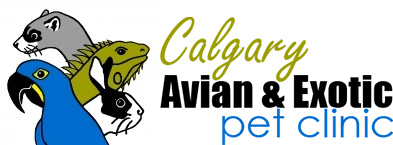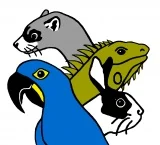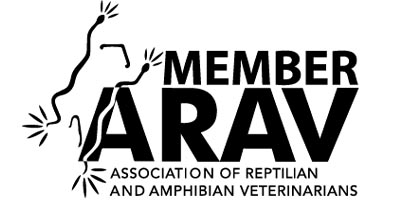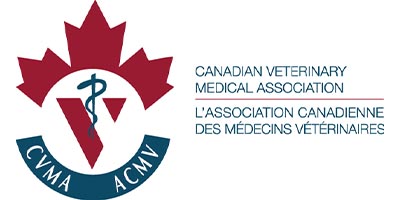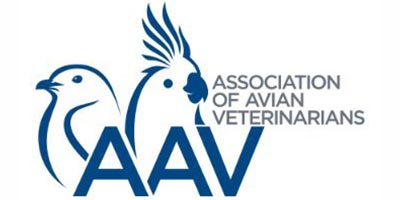Feather destructive behaviour is a common concern in pet birds and for good reason – approximately 15% of all parrots (and up to 40% of African Greys and Cockatoos) in captivity will exhibit some form of feather destructive behaviour (FDB). FDB is a condition in which the bird mutilates its own feathers by chewing, biting, plucking, and/or fraying. Typically, feathers on the head remain unchanged because these are inaccessible to the bird’s beak. Causes of FDB can be broken down into what we call the 3 “M”s: Medical, Maladaptive, and Malfunctional.
Underlying medical or physical problems can cause pain, discomfort, irritation, or itchiness, which can result in a bird damaging its feathers. Numerous medical causes for FDB have been reported, including but not limited to internal organ dysfunction (such as cardiovascular, liver, and kidney), nutritional deficiencies and dietary imbalances, internal and external parasites, infections (bacterial, fungal, and viral), low humidity and lack of bathing opportunities, allergies, airborne or ingested toxins, allergies, hormonal imbalances, and cancers. When an avian veterinarian is assessing a case of FDB, the presence of underlying medical conditions should be ruled out through a full history, physical exam, and baseline diagnostics, such as bloodwork and x-rays.
Maladaptive behavior results from the bird attempting to cope with the stress of an inadequate environment (because of lack of appropriate stimuli and/or the presence of aversive stimuli). An example of a maladaptive behaviour in humans is nail biting. Sometimes a change in a usually adequate environment (a move or a change in caregiver) can bring on feather destructive behaviours. Caregivers’ interactions with the bird may also influence the onset or continuation of FDB by (unconsciously or unwillingly) reinforcing the behaviour through providing the bird with attention when they pluck (even scolding a bird that is plucking can be reinforcing for them because they got some form of attention).
Maladaptive behaviour may benefit from changes in the environment that help optimize the bird’s living conditions – for example, hiding the diet in foraging toys. Birds in their natural environment spend 5 to 8 hours per day searching for food, which not only stimulates their mind, but also helps keep them from becoming obese. Birds in captivity often consume their daily requirements for food in 1 hour, which leaves up to an extra 7 hours of time that often gets filled with repetitive behaviours, such as preening. This can lead to over-preening, and eventually, destroying feathers and sometimes even the skin and muscle below. In addition to enriching the environment, a caregiver may need to shape interaction with toys through positive reinforcement to help the bird learn to use the toys independently. A bird that has alternate activities to participate in will not only be more mentally stimulated and engaged in something other than grooming, but they may also have an enhanced sense of control over their environment, which can decrease stress.
Malfunctional behaviour results from abnormal psychology, brain development, or neurochemistry. Unlike maladaptive behaviours, malfunctional behaviours may not respond to enriching the environment and are more likely to require the use of psychopharmaceutical medications to manage feather and self-destructive behaviours.
Feather destructive behaviour, whether caused by one or a combination of all of the above, can be challenging to manage because of the complexity and chronicity of the disease. It is the job of the avian veterinarian and the caregiver to work together to provide the bird with proper medical, environmental, and behavioural care in order to foster the overall health and well-being of the bird.
